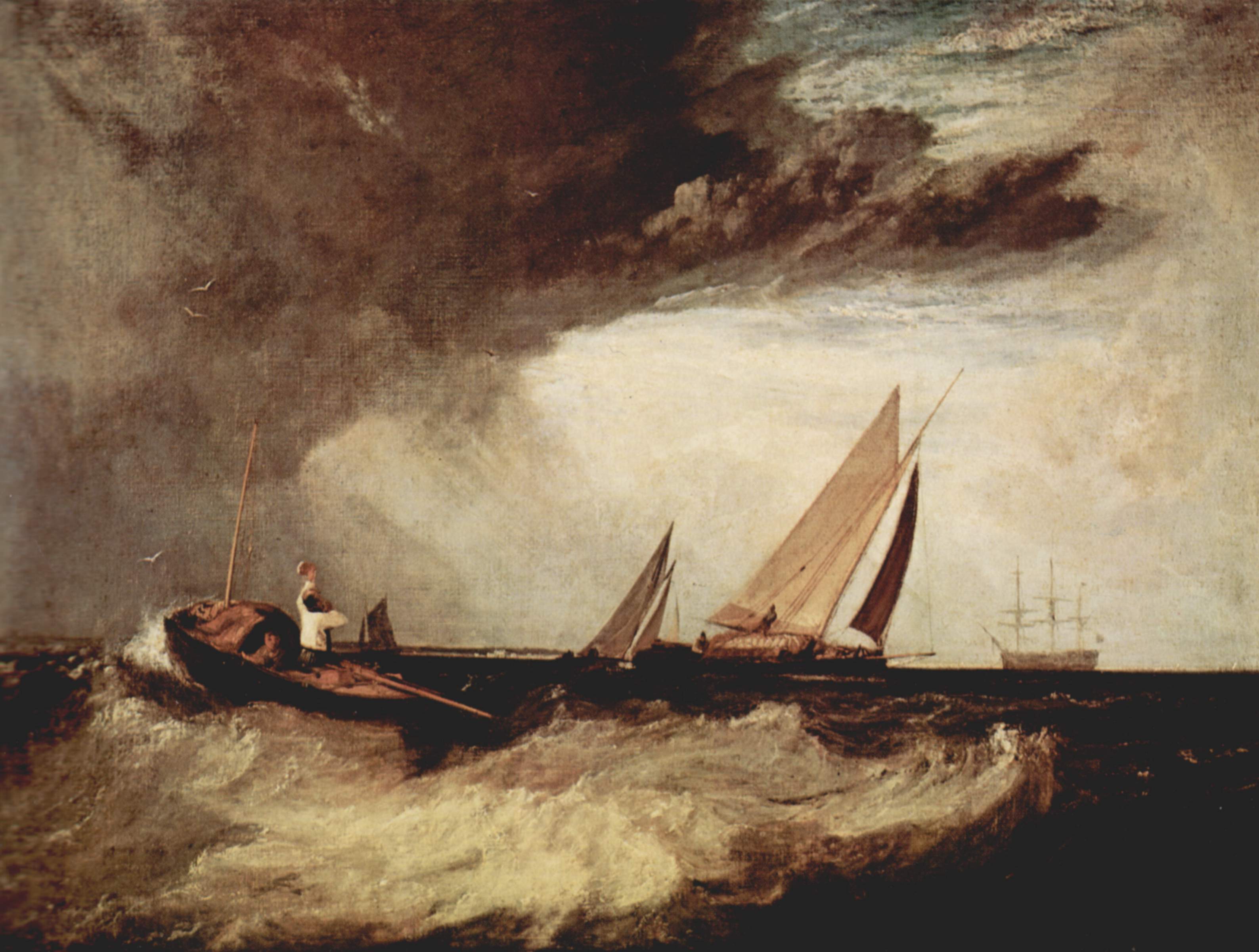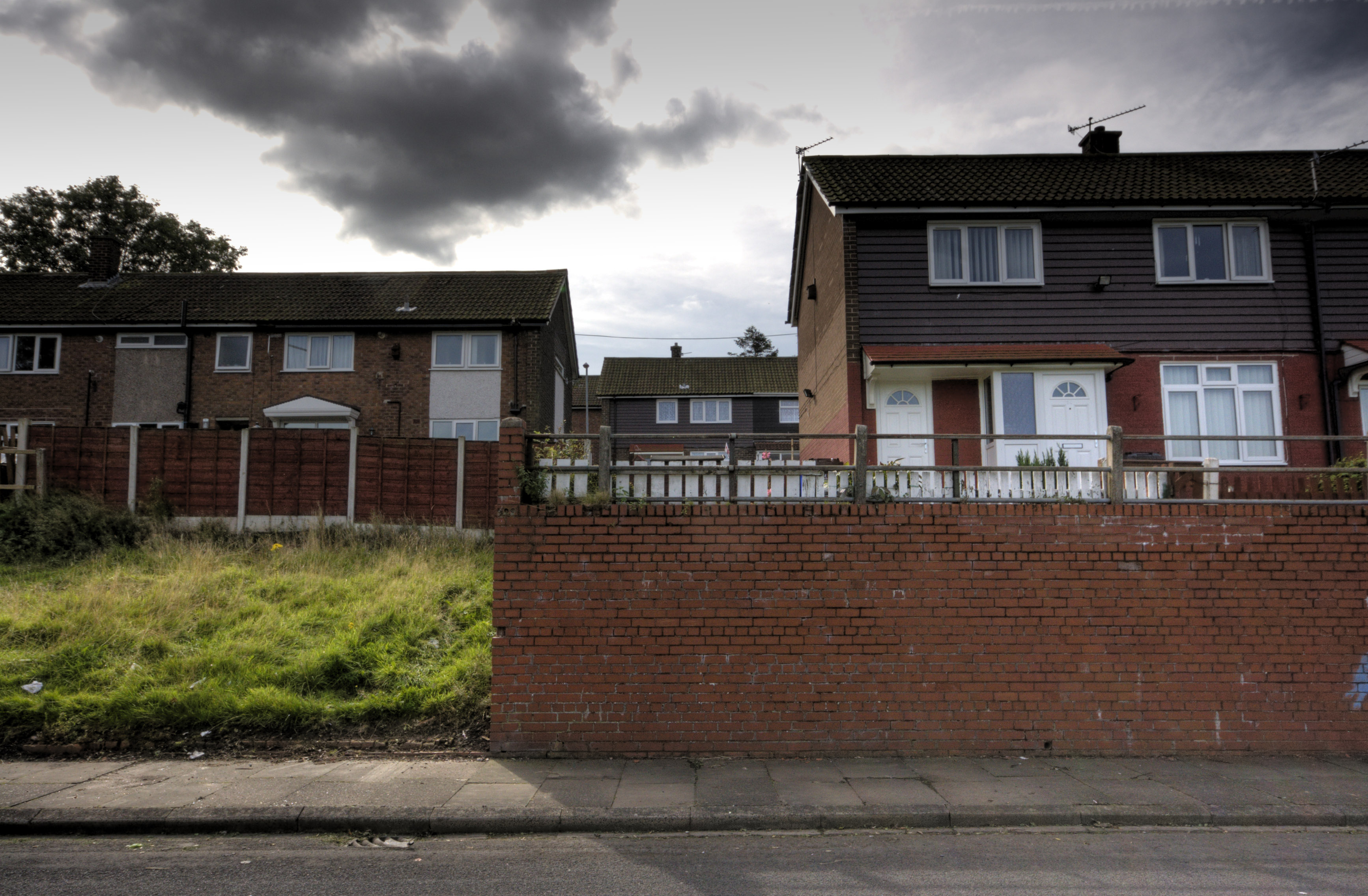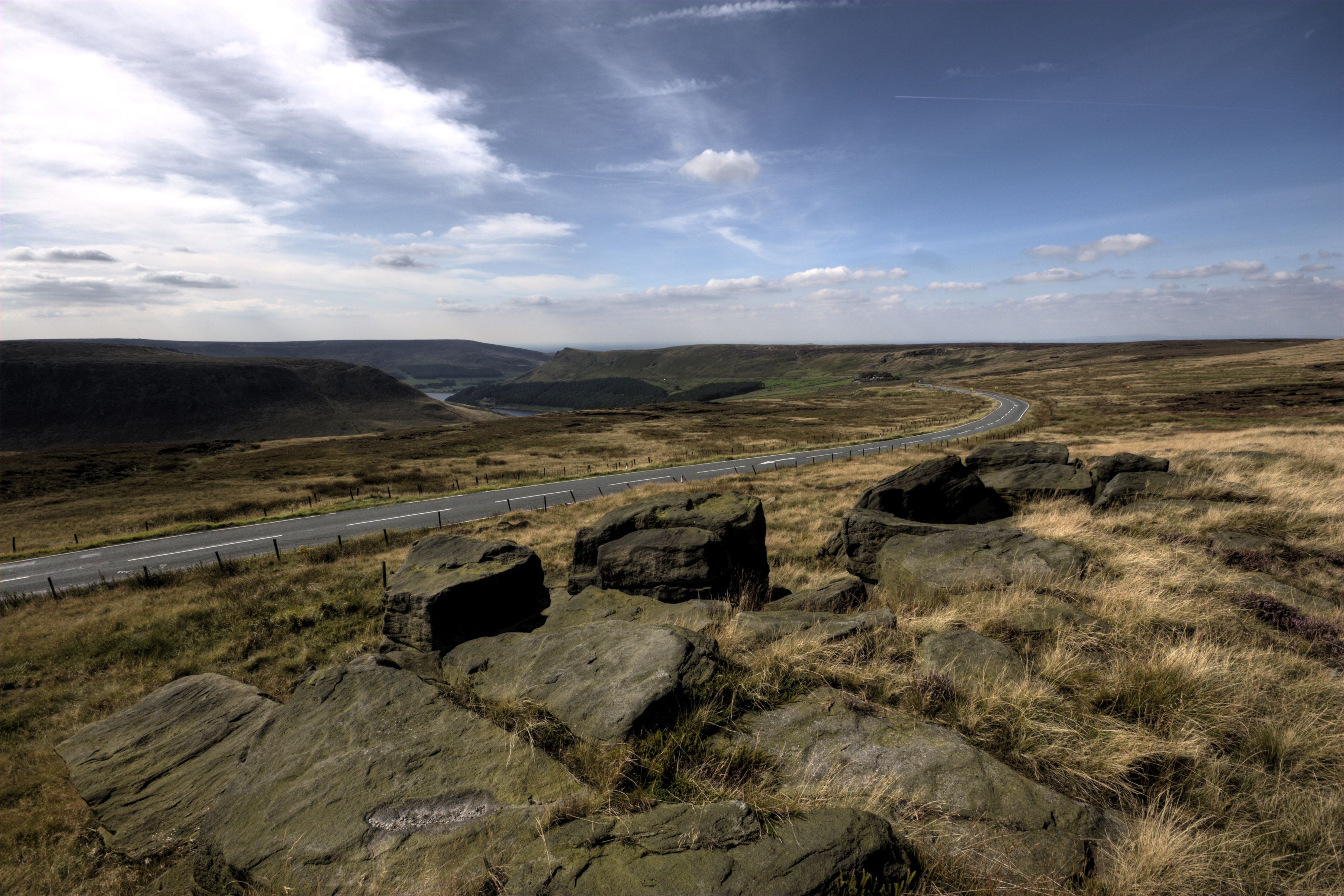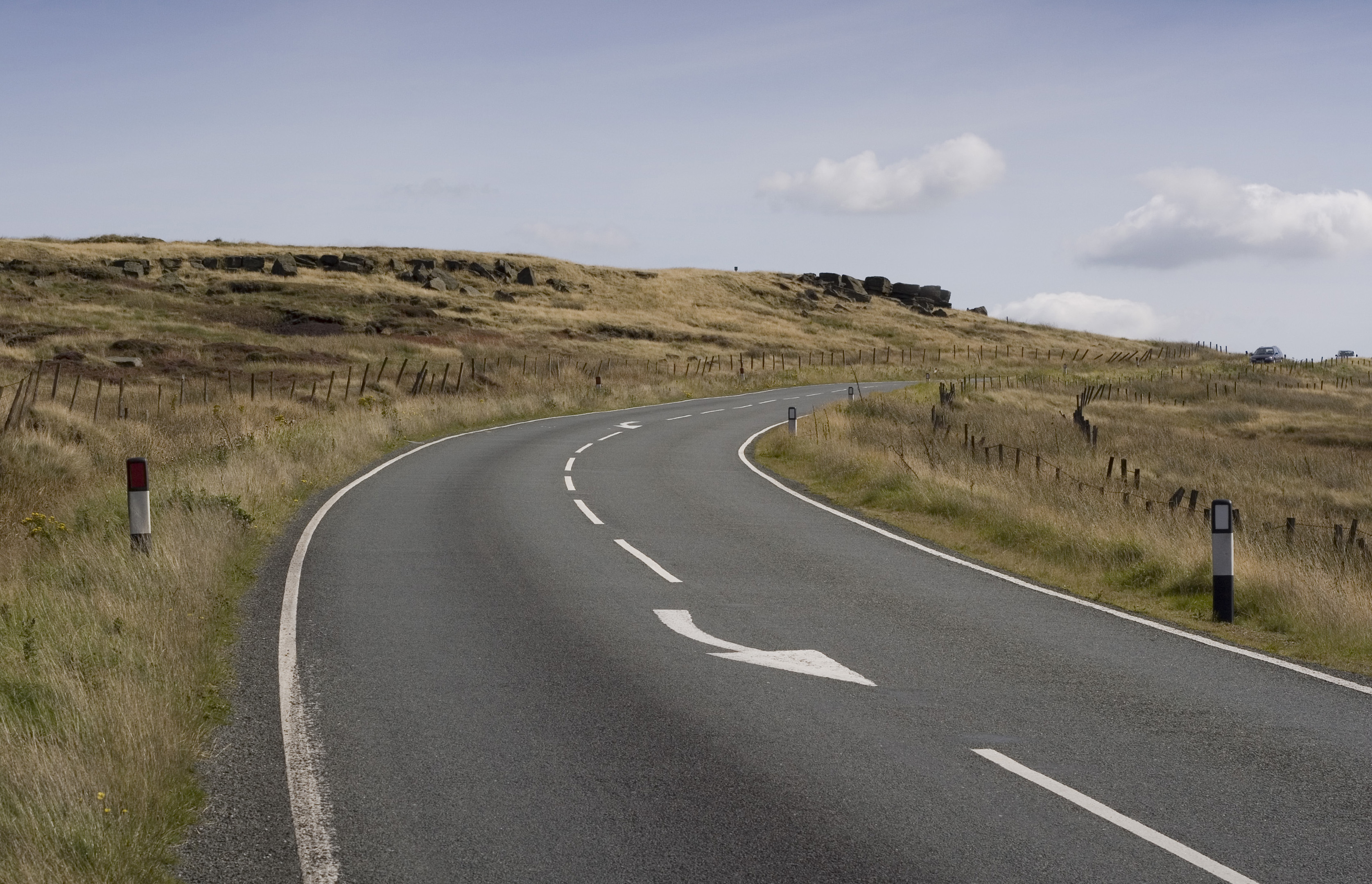|
Emlyn Hooson
Hugh Emlyn Hooson, Baron Hooson, (26 March 1925 – 21 February 2012) was a Welsh Liberal and then Liberal Democrat politician. He was the Member of Parliament (MP) for Montgomeryshire from 1962 until 1979. Early life Hooson was born at Colomendy in Denbighshire, the middle child of three sons to Hugh and Elsie Hooson. He was educated at Denbigh Grammar School and read law at the University College of Wales, Aberystwyth. He joined the Royal Navy in 1943 and served during the Second World War, on a corvette in the north Atlantic. Legal career He became a barrister, called to the bar by Gray's Inn in 1949, and in 1960 became one of the youngest ever Queen's Counsel, aged 35. He was chairman of the Flint Quarter Sessions from 1960 and Merioneth Quarter Sessions from 1962, until he became Recorder of Merthyr Tydfil and Swansea in 1971. He was a member of the Bar Council from 1965. As QC, Hooson represented Ian Brady, one of the "Moors Murderers" along with Myra Hindley, when Bra ... [...More Info...] [...Related Items...] OR: [Wikipedia] [Google] [Baidu] |
The Right Honourable
''The Right Honourable'' ( abbreviation: ''Rt Hon.'' or variations) is an honorific style traditionally applied to certain persons and collective bodies in the United Kingdom, the former British Empire and the Commonwealth of Nations. The term is predominantly used today as a style associated with the holding of certain senior public offices in the United Kingdom, Canada, New Zealand, and to a lesser extent, Australia. ''Right'' in this context is an adverb meaning 'very' or 'fully'. Grammatically, ''The Right Honourable'' is an adjectival phrase which gives information about a person. As such, it is not considered correct to apply it in direct address, nor to use it on its own as a title in place of a name; but rather it is used in the third person along with a name or noun to be modified. ''Right'' may be abbreviated to ''Rt'', and ''Honourable'' to ''Hon.'', or both. ''The'' is sometimes dropped in written abbreviated form, but is always pronounced. Countries with co ... [...More Info...] [...Related Items...] OR: [Wikipedia] [Google] [Baidu] |
Royal Navy
The Royal Navy (RN) is the United Kingdom's naval warfare force. Although warships were used by English and Scottish kings from the early medieval period, the first major maritime engagements were fought in the Hundred Years' War against France. The modern Royal Navy traces its origins to the early 16th century; the oldest of the UK's armed services, it is consequently known as the Senior Service. From the middle decades of the 17th century, and through the 18th century, the Royal Navy vied with the Dutch Navy and later with the French Navy for maritime supremacy. From the mid 18th century, it was the world's most powerful navy until the Second World War. The Royal Navy played a key part in establishing and defending the British Empire, and four Imperial fortress colonies and a string of imperial bases and coaling stations secured the Royal Navy's ability to assert naval superiority globally. Owing to this historical prominence, it is common, even among non-Britons, to ... [...More Info...] [...Related Items...] OR: [Wikipedia] [Google] [Baidu] |
Shoeburyness
Shoeburyness (; also called Shoebury) is a suburb of the city of Southend-on-Sea, in the City of Southend-on-Sea, in the ceremonial county of Essex, England. east of the city centre. It was an urban district of Essex from 1894 to 1933, when it became part of the county borough of Southend-on-Sea. It is now in the unparished area of Southend-on-Sea, in the Southend-on-Sea district. It was once a garrison town and still acts as host to MoD Shoeburyness. Shoeburyness is divided into halves; Shoeburyness refers to all of the town, but North Shoebury refers to the area that houses Shoeburyness High School and the nearby churches. Description The eastern terminus of the London, Tilbury and Southend line (c2c line) is at Shoeburyness railway station, services run to London Fenchurch Street in the City of London. The eastern end of the A13 is at Shoeburyness. The MoD Shoeburyness site at Pig's Bay is situated nearby and the facility is run by the company QinetiQ. Shoebur ... [...More Info...] [...Related Items...] OR: [Wikipedia] [Google] [Baidu] |
Assizes
The courts of assize, or assizes (), were periodic courts held around England and Wales until 1972, when together with the quarter sessions they were abolished by the Courts Act 1971 and replaced by a single permanent Crown Court. The assizes exercised both civil and criminal jurisdiction, though most of their work was on the criminal side. The assizes heard the most serious cases, which were committed to it by the quarter sessions (local county courts held four times per year), while the more minor offences were dealt with summarily by justices of the peace in petty sessions (also known as magistrates' courts). The word ''assize'' refers to the sittings or sessions (Old French ''assises'') of the judges, known as "justices of assize", who were judges who travelled across the seven circuits of England and Wales on commissions of " oyer and terminer", setting up court and summoning juries at the various assize towns. Etymology Middle English < |
Chester
Chester is a cathedral city and the county town of Cheshire, England. It is located on the River Dee, close to the English–Welsh border. With a population of 79,645 in 2011,"2011 Census results: People and Population Profile: Chester Locality"; downloaded froCheshire West and Chester: Population Profiles, 17 May 2019 it is the most populous settlement of Cheshire West and Chester (a unitary authority which had a population of 329,608 in 2011) and serves as its administrative headquarters. It is also the historic county town of Cheshire and the second-largest settlement in Cheshire after Warrington. Chester was founded in 79 AD as a " castrum" or Roman fort with the name Deva Victrix during the reign of Emperor Vespasian. One of the main army camps in Roman Britain, Deva later became a major civilian settlement. In 689, King Æthelred of Mercia founded the Minster Church of West Mercia, which later became Chester's first cathedral, and the Angles extended and stren ... [...More Info...] [...Related Items...] OR: [Wikipedia] [Google] [Baidu] |
Myra Hindley
The Moors murders were carried out by Ian Brady and Myra Hindley between July 1963 and October 1965, in and around Manchester, England. The victims were five children—Pauline Reade, John Kilbride, Keith Bennett, Lesley Ann Downey, and Edward Evans—aged between 10 and 17, at least four of whom were sexually assaulted. The bodies of two of the victims were discovered in 1965, in graves dug on Saddleworth Moor; a third grave was discovered there in 1987, more than twenty years after Brady and Hindley's trial. Bennett's body is also thought to be buried there, but despite repeated searches it remains undiscovered. The pair were charged only for the murders of Kilbride, Downey and Evans, and received life sentences under a whole life tariff. The investigation was reopened in 1985 after Brady was reported as having confessed to the murders of Reade and Bennett. After confessing to these additional murders, Brady and Hindley were taken separately to Saddleworth Moor to assist in the ... [...More Info...] [...Related Items...] OR: [Wikipedia] [Google] [Baidu] |
Moors Murders
The Moors murders were carried out by Ian Brady and Myra Hindley between July 1963 and October 1965, in and around Manchester, England. The victims were five children—Pauline Reade, John Kilbride, Keith Bennett, Lesley Ann Downey, and Edward Evans—aged between 10 and 17, at least four of whom were sexually assaulted. The bodies of two of the victims were discovered in 1965, in graves dug on Saddleworth Moor; a third grave was discovered there in 1987, more than twenty years after Brady and Hindley's trial. Bennett's body is also thought to be buried there, but despite repeated searches it remains undiscovered. The pair were charged only for the murders of Kilbride, Downey and Evans, and received life sentences under a whole life tariff. The investigation was reopened in 1985 after Brady was reported as having confessed to the murders of Reade and Bennett. After confessing to these additional murders, Brady and Hindley were taken separately to Saddleworth Moor to assist in the ... [...More Info...] [...Related Items...] OR: [Wikipedia] [Google] [Baidu] |
Ian Brady
The Moors murders were carried out by Ian Brady and Myra Hindley between July 1963 and October 1965, in and around Manchester, England. The victims were five children—Pauline Reade, John Kilbride, Keith Bennett, Lesley Ann Downey, and Edward Evans—aged between 10 and 17, at least four of whom were sexually assaulted. The bodies of two of the victims were discovered in 1965, in graves dug on Saddleworth Moor; a third grave was discovered there in 1987, more than twenty years after Brady and Hindley's trial. Bennett's body is also thought to be buried there, but despite repeated searches it remains undiscovered. The pair were charged only for the murders of Kilbride, Downey and Evans, and received life sentences under a whole life tariff. The investigation was reopened in 1985 after Brady was reported as having confessed to the murders of Reade and Bennett. After confessing to these additional murders, Brady and Hindley were taken separately to Saddleworth Moor to assist in the ... [...More Info...] [...Related Items...] OR: [Wikipedia] [Google] [Baidu] |
Bar Council
{{see also, Bar association A bar council ( ga, Comhairle an Bharra) or bar association, in a common law jurisdiction with a legal profession split between solicitors and barristers or advocates, is a professional body that regulates the profession of barristers. In such jurisdictions, solicitors are generally regulated by the law society. In common law jurisdictions with no distinction between barristers and solicitors (i.e. where there is a " fused profession"), the professional body may be called variously a ''Law Society'', ''Bar Council'' or a ''bar association''. List of some bar councils and bar associations The following are bar councils and bar associations that are professional bodies for barristers in common law jurisdictions with a split legal profession. * General Council of the Bar, the professional body for England and Wales commonly known as the Bar Council ** Bar Council of Northern Ireland, in Northern Ireland * Australian Bar Association, in Australia ** Aus ... [...More Info...] [...Related Items...] OR: [Wikipedia] [Google] [Baidu] |
Merioneth
, HQ= Dolgellau , Government= Merionethshire County Council (1889-1974) , Origin= , Status= , Start= 1284 , End= , Code= MER , CodeName= Chapman code , Replace= Meirionnydd , Motto= Tra môr, tra Meirion (While the sea lasts, so shall Meirionnydd) , Divisions= , DivisionsNames= , DivisionsMap= , Image= Flag of Merionethshire , Map= , Arms= ''Coat of arms of Merionethshire County Council'' , Civic= , PopulationFirst= 35,315Vision of Britain 1831 Census/ref> , PopulationFirstYear= 1831 , AreaFirst= , AreaFirstYear= 1831 , DensityFirst= 0.1/acre , DensityFirstYear= 1831 , PopulationSecond= 45,565 , PopulationSecondYear= 1911 , AreaSecond= , AreaSecondYear= 1911/1961 , DensitySec ... [...More Info...] [...Related Items...] OR: [Wikipedia] [Google] [Baidu] |
Quarter Sessions
The courts of quarter sessions or quarter sessions were local courts traditionally held at four set times each year in the Kingdom of England from 1388 (extending also to Wales following the Laws in Wales Act 1535). They were also established in Scotland, Ireland and in various other dominions of the British Empire. Quarter sessions generally sat in the seat of each county and county borough, and in numerous non-county boroughs (mainly, but not exclusively, ancient boroughs), which were entitled to hold their own quarter sessions''Whitaker's Almanack'' 1968, pp 465-6. (see below), although some of the smaller boroughs lost their own quarter sessions in 1951 (see below). All quarter sessions were abolished in England and Wales in 1972, when the Courts Act 1971 replaced them and the assizes with a single permanent Crown Court. In Scotland, they survived until 1975, when they were abolished and replaced by district courts and later by justice of the peace courts. The quarter sessi ... [...More Info...] [...Related Items...] OR: [Wikipedia] [Google] [Baidu] |
Flint, Flintshire
Flint ( cy, Y Fflint) is a town and community in Flintshire, Wales, lying on the estuary of the River Dee. It is the former county town of Flintshire. According to the 2001 Census, the population of the community of Flint was 12,804, increasing to 12,953 at the 2011 census. The urban area including Holywell and Bagillt had a population of 26,442. Geography Flint is located in north-east Wales, adjoining the estuary of the River Dee, to the north of the town of Mold. Across the estuary, the Wirral can be seen from Flint and views to the south of the town include Halkyn Mountain. As the crow flies, Flint is located less than 12 miles from the English urban area of Liverpool, and even closer to its metro area. However, the two estuaries in between make the distance travelling on land almost twice as long. History The name refers to the stony platform on which the castle was built, and was first recorded in 1277 in the French form ''le Chaylou'' (cf modern French ''caillou'' ... [...More Info...] [...Related Items...] OR: [Wikipedia] [Google] [Baidu] |
_(cropped).jpg)






